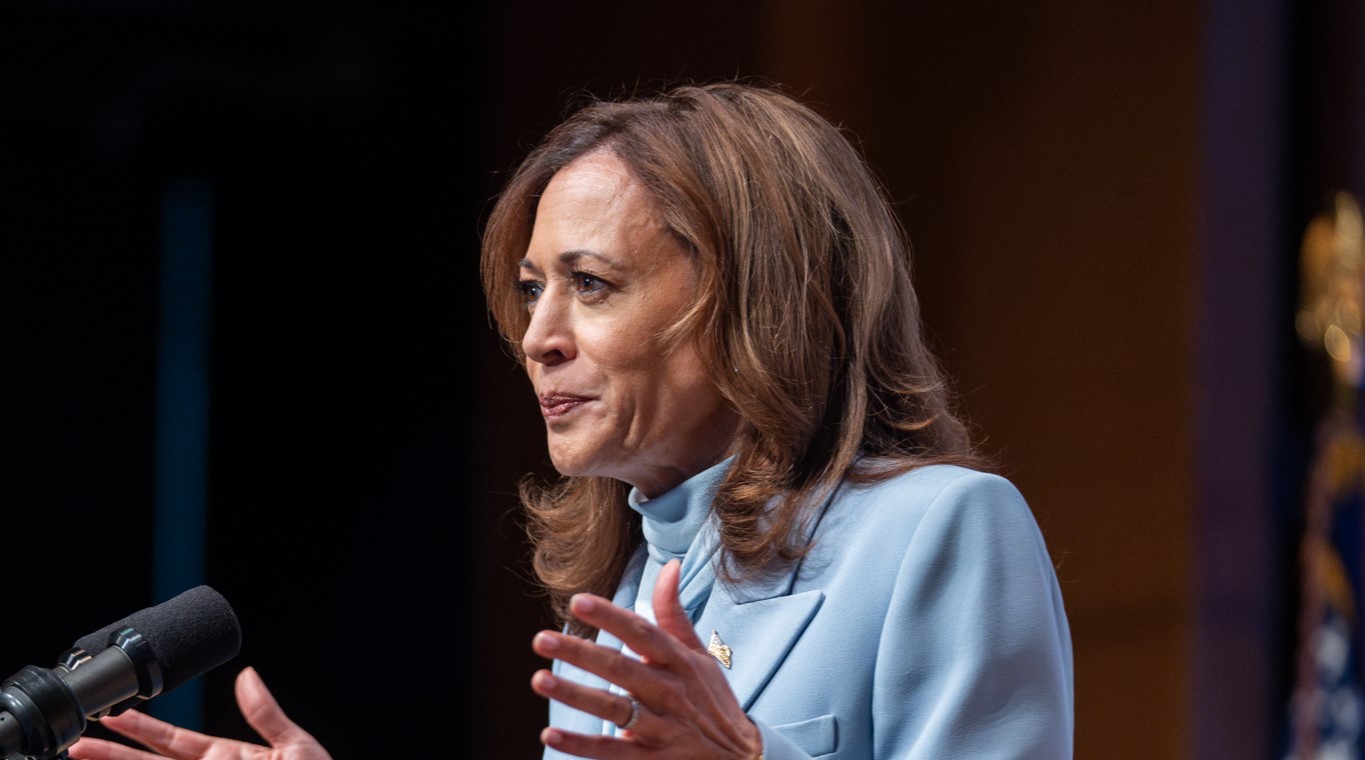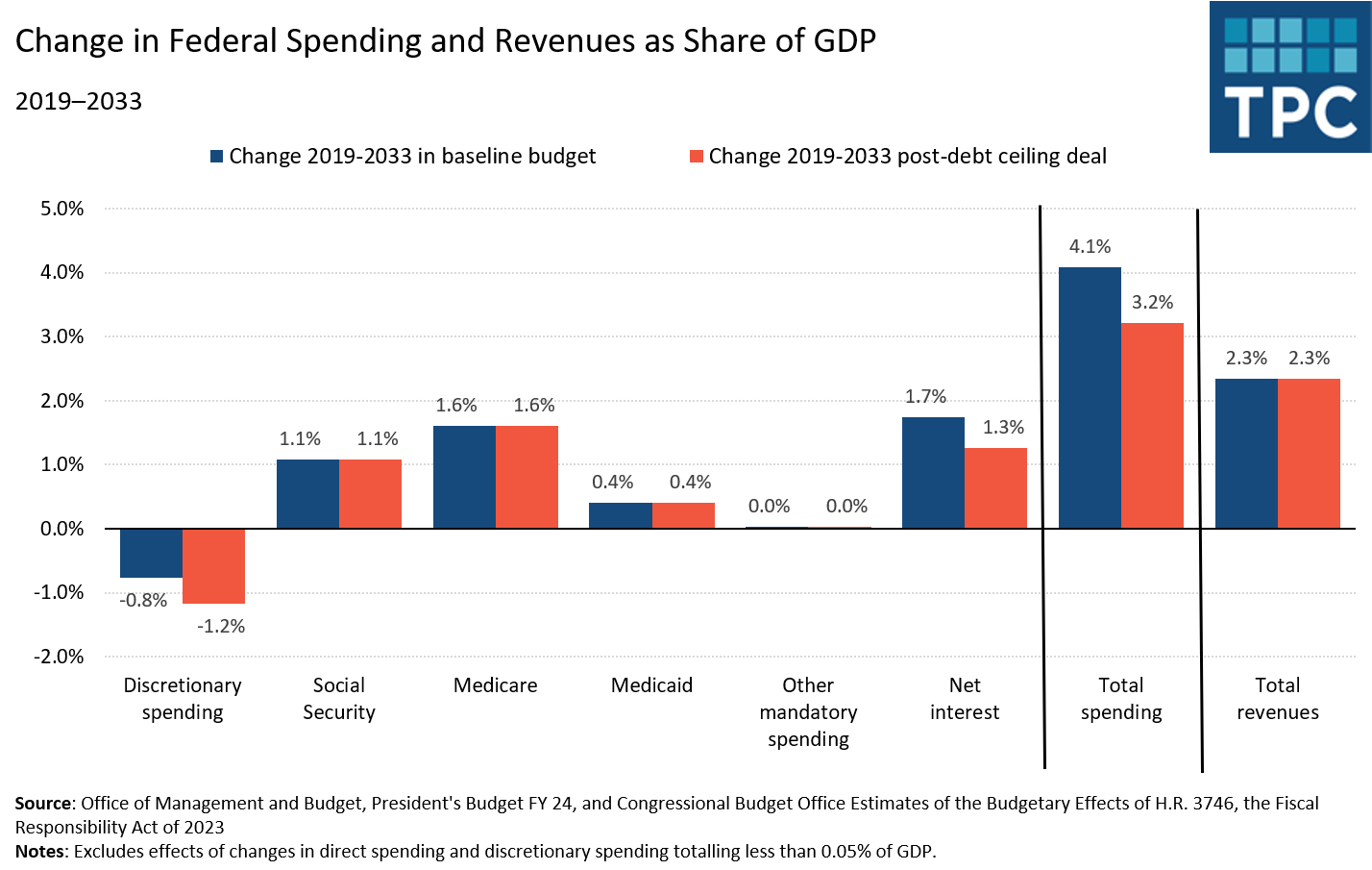Harris Corporate Tax Hike: Details and Analysis
Of all the tax increases proposed by Vice President Kamala Harris, the one that stands out is the increase in the corporate income tax. The federal and state governments levy a corporate income tax on business profits. Many companies are exempt from the CIT, as they are taxed under the individual income taxes.
The rate of is the highest, ranging from 21 to 28 percent. The Harris campaign described this taxA Tax is a mandatory payment collected by local, State, and National governments from individuals and businesses to cover costs of general government goods, services, and activities.
The tax hike is a “fiscally responsible way to put more money in the pockets of workers.” However, a large portion of this tax increase will fall on workers as lower wages. According to an analysis by the Alliance for Competitive Taxation, the tax hike would reduce the average wage of US workers by $597 each year. In some states, the drop in wages would exceed $700 per worker.Economists have known for decades that a portion of the corporate tax is borne by workers, as it causes corporations to reduce investment, resulting in lower productivity, lower wages, and fewer job opportunities. There are many different estimates of the impact, but most studies show that workers suffer a significant loss, as they typically bear around half or more corporate tax. Some studies also claim that higher prices harm consumers. According to some studies, consumers are also hurt by higher prices. Joint Committee on Taxation, Congressional Budget Office and other estimates assume that 25 percent of corporate tax is paid by workers. The Treasury Department’s estimated revenue (1.3 trillion over a ten-year period, or $135 billion annually on average) multiplied by the share of the corporate tax paid by workers (25 to 60 percent) results in a loss of wages that ranges from $34 billion to $81 billion per annum. Divided by the number workers in the US, which according to the Census Bureau is 136 million, the average wage loss for each worker would be between $249 and $597 per annum. The table below shows that at the high end of this range (using the assumption of 60 percent incidence), workers in California and Massachusetts would experience average wage losses of over $700 per year. Washington, the District of Columbia, New York, and Washington would also see significant wage losses. Even at the low-end of the range, workers in Mississippi, West Virginia and other low-income states like New Mexico, Montana and South Carolina would see a decrease in average annual wages that would be nearly $200. Our analysis of Harris’s proposal for a corporate tax rate increase to 28 percent shows that it would result in a reduction of 125,000 full-time equivalent positions and a wage decrease of 0.5 percent. This is the middle range of wage impacts, shown below. It would also reduce GDP by 0.6 per cent over the long term. We find Harris’s broader tax plan would eliminate 786,000 jobs, reduce wages by 1.2 percent, and shrink GDP by 2 percent, with the most damaging tax increase being the proposed hike in the corporate tax rate.
Harris’s proposal to raise the corporate tax rate by 33 percent would be a costly mistake, with a large part of the cost falling on workers in the form of lower wages and fewer jobs. When considering options to pay for various initiatives, the Harris campaign should look for alternatives less harmful to workers.

Stay informed on the tax policies impacting you.
Subscribe to get insights from our trusted experts delivered straight to your inbox.
Subscribe to our Newsletter






